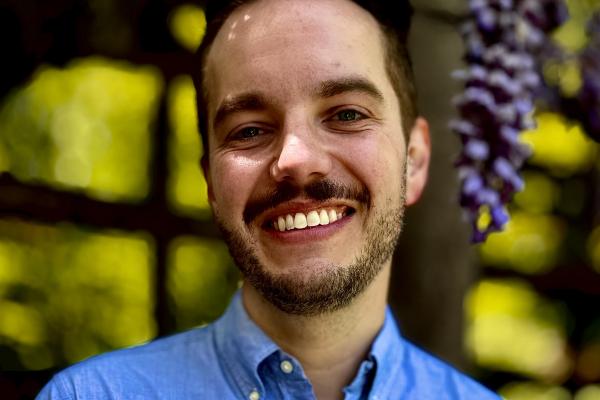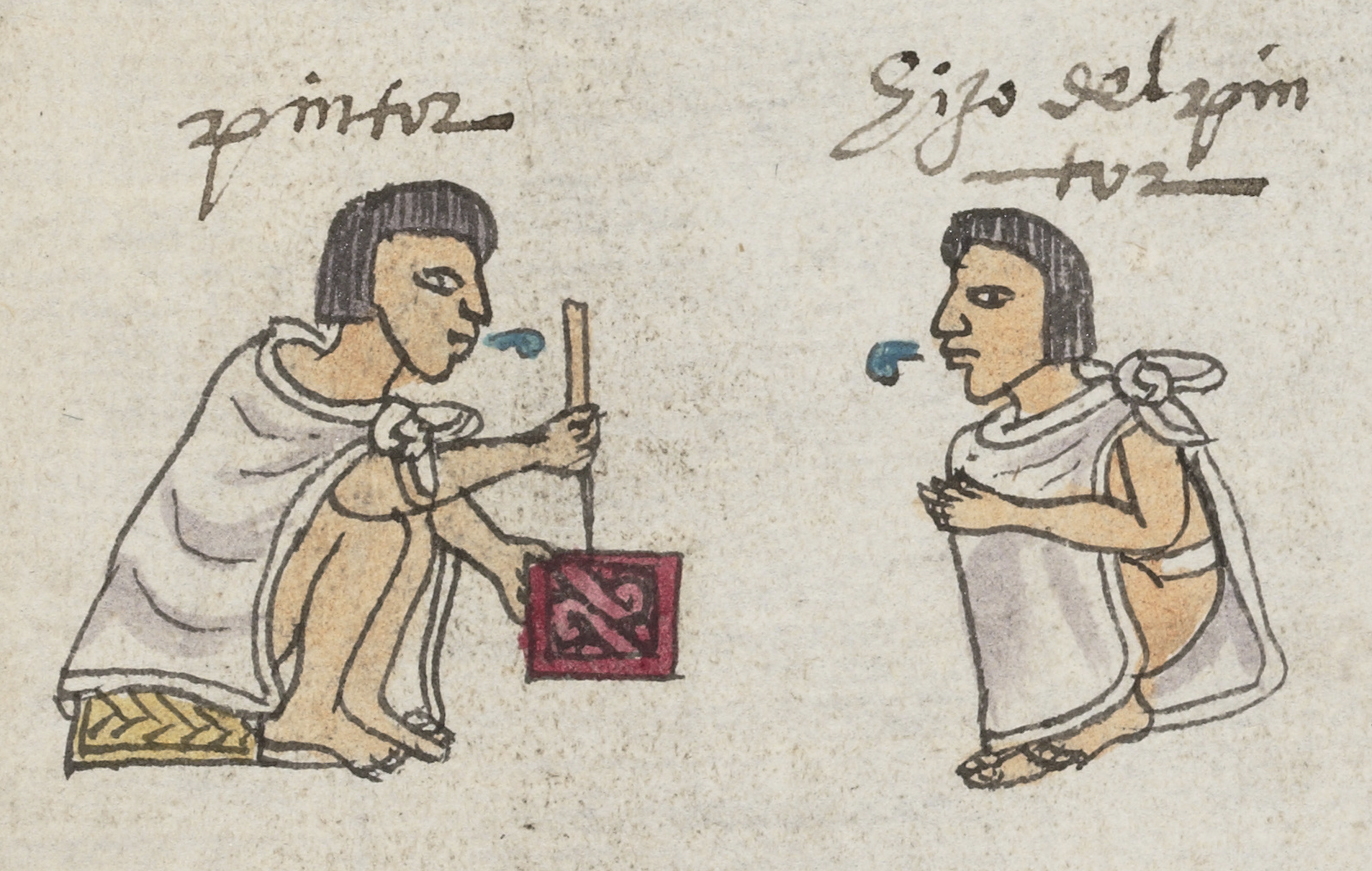
The Group for the Intellectual Life of the Department (GILD) routinely invites emerging scholars to give a lecture highlighting new directions in art history.
Tōltēcayōtl and the Art of Art History
At the close of his 2009 critical anthology, Donald Preziosi presses scholars to “think otherwise” in how they approach the art—i.e., the objects and methods—of art history. But now, almost two decades later, have art historians listened? This talk will look to the sixteenth-century Nahua concept of tōltēcayōtl (artistry, making) to reflect on the art of art history, the decolonial strategies that art historians have taken, and how, moving forward, Indigenous vocabularies and ontologies are key to reframing and expanding the discipline. By analyzing sixteenth-century Nahua vocabularies, texts, and drawings, this talk will reveal how tōltēcayōtl was defined by the skilled, animating, and nurturing relationships that makers and their works formed with one another. Such a relational understanding pushes us to rethink artistic process as a binding exchange between maker and made work in a discipline where the two have been studied separately. As I will argue, tōltēcayōtl is precisely the type of concept that can help us to think art history otherwise, by allowing us to foreground Indigenous perspectives that stretch the discipline beyond its Euro-American contours.
Anthony Meyer , Assistant Professor in the Institute of Fine Arts at New York University
Anthony Meyer is an art historian of the Ancestral and Early Modern Americas, with a Ph.D. from the University of California, Los Angeles. His research navigates the crossroads between Nahua art, language, and religion in the Mexica Empire (1325 – 1521 C.E.) and the transatlantic world of sixteenth-century New Spain. Meyer is currently the Austen-Stokes Ancient Americas Postdoctoral Fellow in the Department of the History of Art at Johns Hopkins University, and beginning in September 2025, he will be an Assistant Professor in the Institute of Fine Arts at New York University.

This event is open and free to the public.
